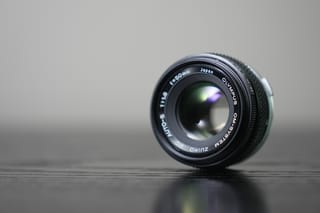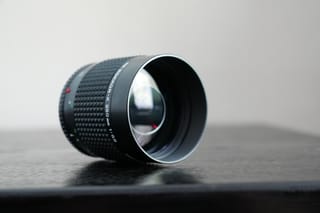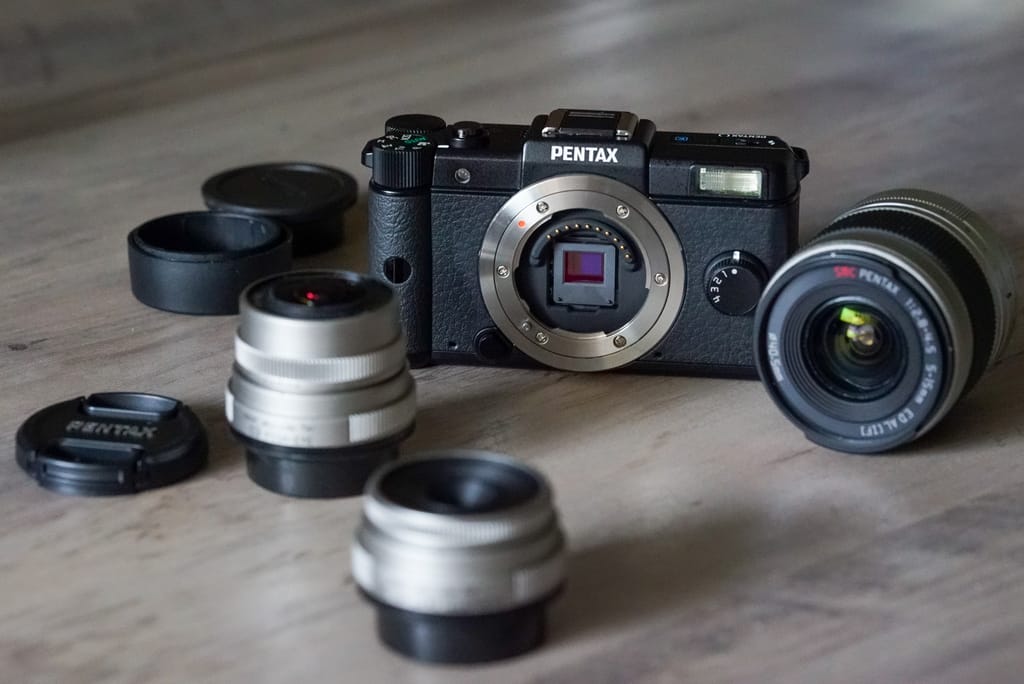
The Pentax Q is small. Very small. It’s tinier than most compact point-and-shoots, actually—with the added benefit of having 8 interchangeable lens options. You won’t find any collapsible superzoom lenses here.
Introduced in 2011, the now-discontinued Pentax Q was at one time the world’s smallest and lightest interchangeable lens camera system. Four separate Q-mount cameras were produced before Pentax decided to pull the plug.
The Q10 in 2012, the Q7 in 2013 and the Q-S1 in 2014. The Q and Q10 both feature a 1/2.3″ sensor, giving them a 5.6x crop factor compared to full-frame sensors. The later Q7 and Q-S1 models bumped up sensors size a little bit to 1/1.7″ to give them a little better performance with less digital noise.
Yes, the sensor size is tiny—smaller than a thumbnail in most cases. Though, if you’re looking for a smartphone upgrade, this is still a larger sensor than the ones found in an iPhone 11 Pro Max.
So why am I talking about a tiny, 12-megapixel compact camera from 2011? That’s a fair question. Since its release, there have been other cameras released with similar body sizes but larger image sensors, like the Nikon 1 system or the Micro Four Thirds-equipped Olympus PEN line. Granted, with lenses attached, both of those types of cameras quickly outgrow the minuscule Pentax Q.
I suppose this camera is a bit of a curiosity to me. I remember the first time I saw one in my camera training, like a camera for babies. The first one that caught my eye was brightly colored yellow and black with a couple of bundled lenses and I was smitten. These little cameras sell pretty quickly so I was excited to scoop this one up to review.
 The Lens Lineup
The Lens Lineup
Pentax ended up making 8 lens options for their Q system. At the time of this article, we only had three of them available for me to test. Fully embracing that the cameras were tiny and pocketable, they made two different series of lenses—High Performance or Unique.
Their High-Performance lenses consist of a Standard Prime, a Wide Zoom, Standard Zoom and Telephoto Zoom which covers pretty much all of the bases. The Standard Prime is similar to a 47mm f/1.9 lens, and the three zooms come quite close to replicating the holy zoom trinity’s focal lengths, with variable maximum apertures on the two shorter lenses.
The other lenses are designed more for fun, like a toy camera instead of a precision tool. With fixed apertures, these four lenses include a Fish-eye, Toy Lens Wide, Toy Lens Telephoto, and a Mount Shield Lens that’s essentially a body cap with a fixed-focus pancake lens. None of these lenses are very fast or sturdy, as you could probably guess with half of them including the word ‘Toy’ in their names.
With no adjustable aperture or autofocus capabilities, it’s clear that these are meant for fun snapshots. The Unique line’s plastic mounts also keep these lenses light opposed to the High-Performance line’s metal ones.
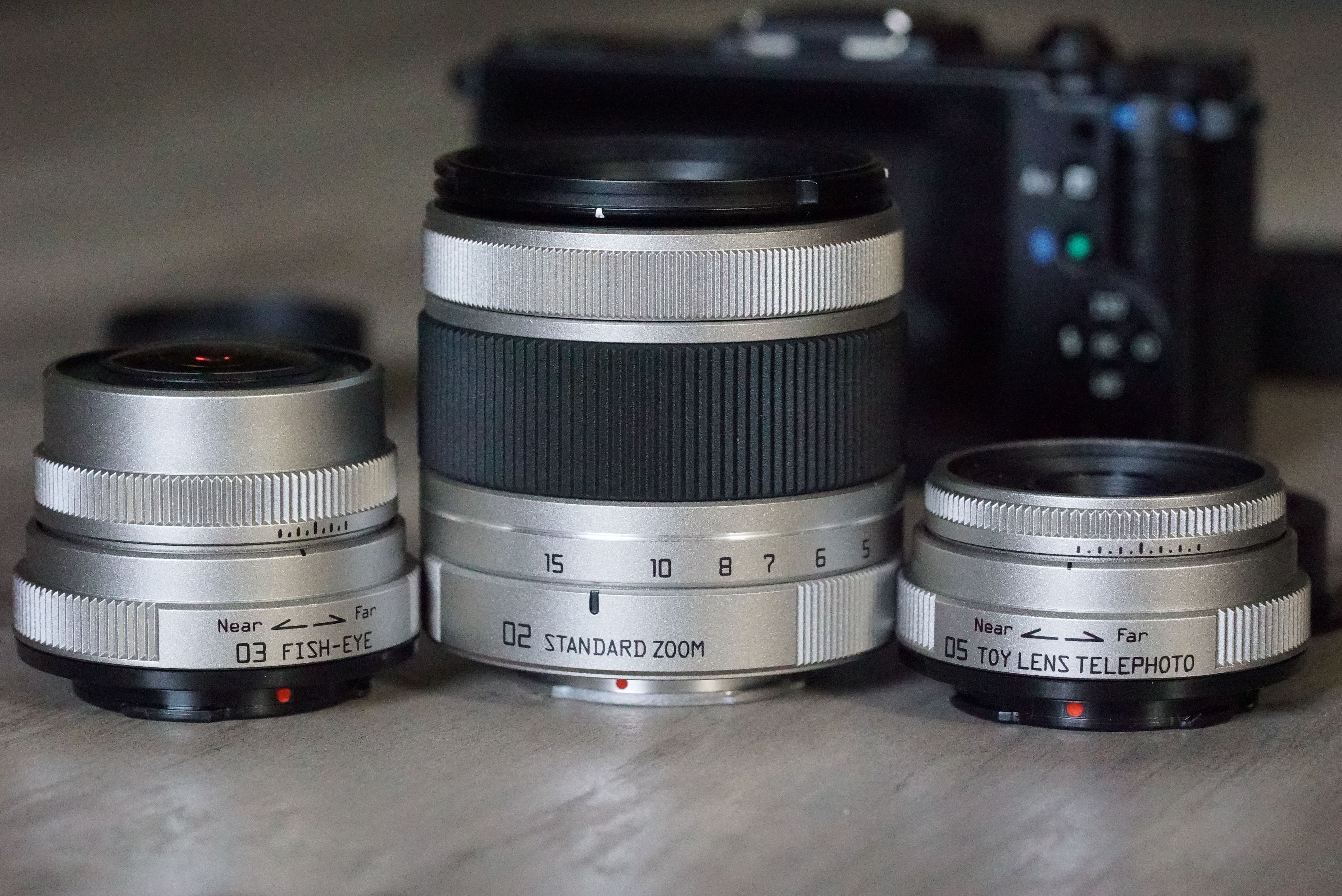 Lenses Tested
Lenses Tested
I was able to test out the Standard Zoom lens, the Fish-eye and the Toy Lens Telephoto. The fisheye and telephoto both are lightweight and plastic with fixed-apertures, so really all there is to do with these is point, manually adjust focus, and shoot. The focus rings move without any real resistance, truly making them feel like toy lenses. They do get the job done, though.
It’s hard to critically judge these Unique lenses designed for fun. They may not be razor-sharp or free of flares. They definitely won’t get you extra-thin depth of field with their fixed f/8 and f/5.6 apertures. However, the uniqueness of the fisheye lens does give a warped, 90’s-music-video aesthetic, distorting faces wildly when you get up close. The toy telephoto lens will generally be soft, hazy and give an ultra low-fi look.
The standard zoom, on the other hand, performs like a lens for grown-ups. That’s clear from the metal lens mount when compared to the plastic mount of the toy lenses. There’s a built-in ND filter that can be turned on in-camera. An adjustable aperture from f/2.8 to f/8 gives you more exposure options. Autofocus works as well you’d expect from a tiny camera from 2011. That is to say—not particularly speedy, but at least it’s accurate.
There is a manual focus ring that works as a focus-by-wire, or an electronic control that isn’t actually connected to a gear that moves the focus elements. Thankfully, the camera has a manual focus assist option that temporarily blows up the center of the image for precise manual adjustments.
The zoom ring has focal lengths marked, but they probably won’t help you if you’re used to basing your looks on the traditional 35mm-equivalent focal lengths. It can be hard to know exactly what your frame is going to be without looking if you’re trying to find a focal length between 5mm and 15mm.
 The Pentax Q In Hand
The Pentax Q In Hand
Despite looking sort of like it came packaged in a fast-food kids’ meal, it’s got a lot of features you wouldn’t expect, like a full-size hot shoe. That being said, I can’t imagine seeing any full-size flash on this tiny camera without the setup looking completely ridiculous.
Thankfully, the Pentax Q has a pop-up flash built right in. A mode dial on the right side makes it simple to switch up shooting styles. All the classics are here with manual, aperture-priority, Scene and P modes. There’s also a BC mode which stands for Blur Control. BC mode is sort of like a prototype version of the ways that your smartphone creates a blurry background in its own portrait mode. Keep in mind that this camera came out the same year as the iPhone 4s and as such, the BC mode is buggy and almost completely useless.
You’ll also see a customizable dial on the front which I had set up to switch between creative filter settings. Really, it’s great to see that Pentax did good things with the space they were given. If the navigation buttons were any smaller, I would probably need a stylus to hit them. This, much like the Sony RX100 V I had previously written about, feels like I could drop it at any point with my monstrous clumsy hands.
That’s not to say that the camera is hard to navigate. The menu system is clear and accessible, and written in easy-to-understand terms, for the most part. Really the most difficult thing about using this camera is finding out how to securely hold it without getting a stray fingertip in the frame or blocking the autofocus assist light.
 The Pentax Q In Use
The Pentax Q In Use
As you’ll see from the photos below, the Q can push out some surprising photos for being so tiny with such a small image sensor. As I said earlier, it’s not likely to win any awards for being the sharpest or the clearest, but it’s certainly a cool collection piece.
There’s an HD video mode that’s locked into 29.97 frames per second. Autofocus is out, but manual focus is possible while recording. The camera also captures surprisingly clear audio in this mode.
There’s also the possibility to shoot in RAW and Jpeg simultaneously. Granted, these aren’t the most detail-rich files but it’s a nice thought, giving the photographer the opportunity to put their own spin on the photos.
You may not even want to shoot in RAW mode, truly. This camera comes with an abundance of creative options for your files. Eleven customizable color profiles include bleach bypass, cross-processing and monochrome options. Eleven more digital filter options let you emulate an actual toy camera, invert color or use a watercolor effect.
Using an old trick I learned from shooting live concert video, I found that switching to a black & white monochrome look tended to take care of any complaints I had about color issues. In fact, I really enjoy how the black and white photos look from this little pocket camera. Any of these creative looks can also be used in the video function, cutting out a step in the editing process.
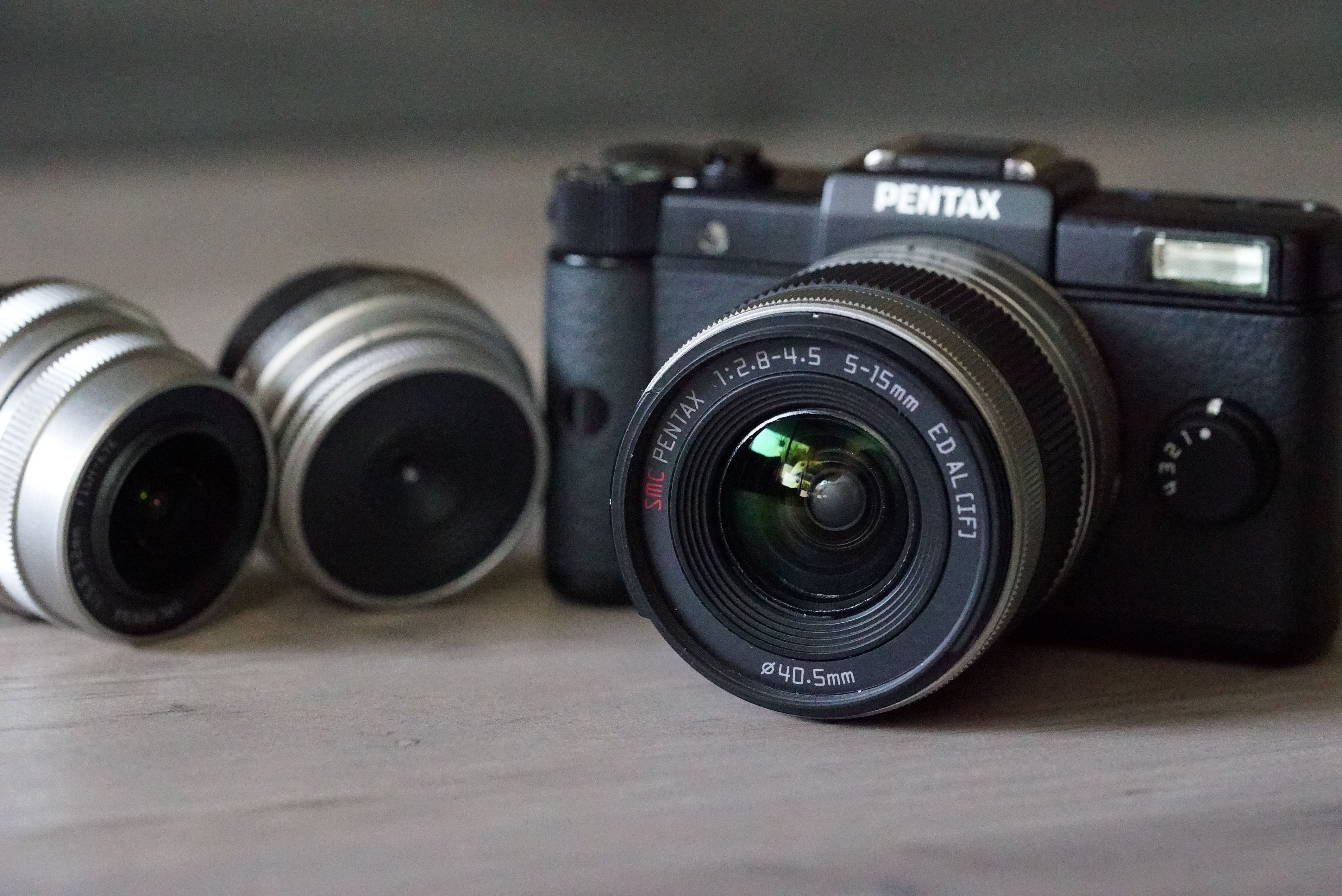 Summary
Summary
Yes, the Pentax Q system had its flaws. It was quickly outgrown by other manufacturers making compact cameras with better image quality.
That being said, the camera system is actually quite fun and I’m sad that development was ceased. In a world so driven by megapixel count and sensor size, this is a refreshing and capable little treat. It’s eye-catching and unique.
These days, it may help to look at the Q system as toy cameras without the sneeze-and-it’ll-crumble build quality of some other self-proclaimed toy cameras. The images will surely look fine on most social media pages without much scrutiny by pixel-peepers, and the many different creative looks will inspire you to share as much as possible.
Sample Photos
- Fisheye Lens, Bleach Bypass Filter
- Standard Color
- Vibrant Color
- Vibrant Color
- Vibrant Color
- Bold Monochrome
- Vintage Color
- Standard Color
- Bold Monochrome
See our review on another fun camera, the Instax SQ10
Check out another pocketable powerhouse, the Sony RX100 Mark V
If you’re a Pentax fan, check out our review of the 645N Medium Format Camera












